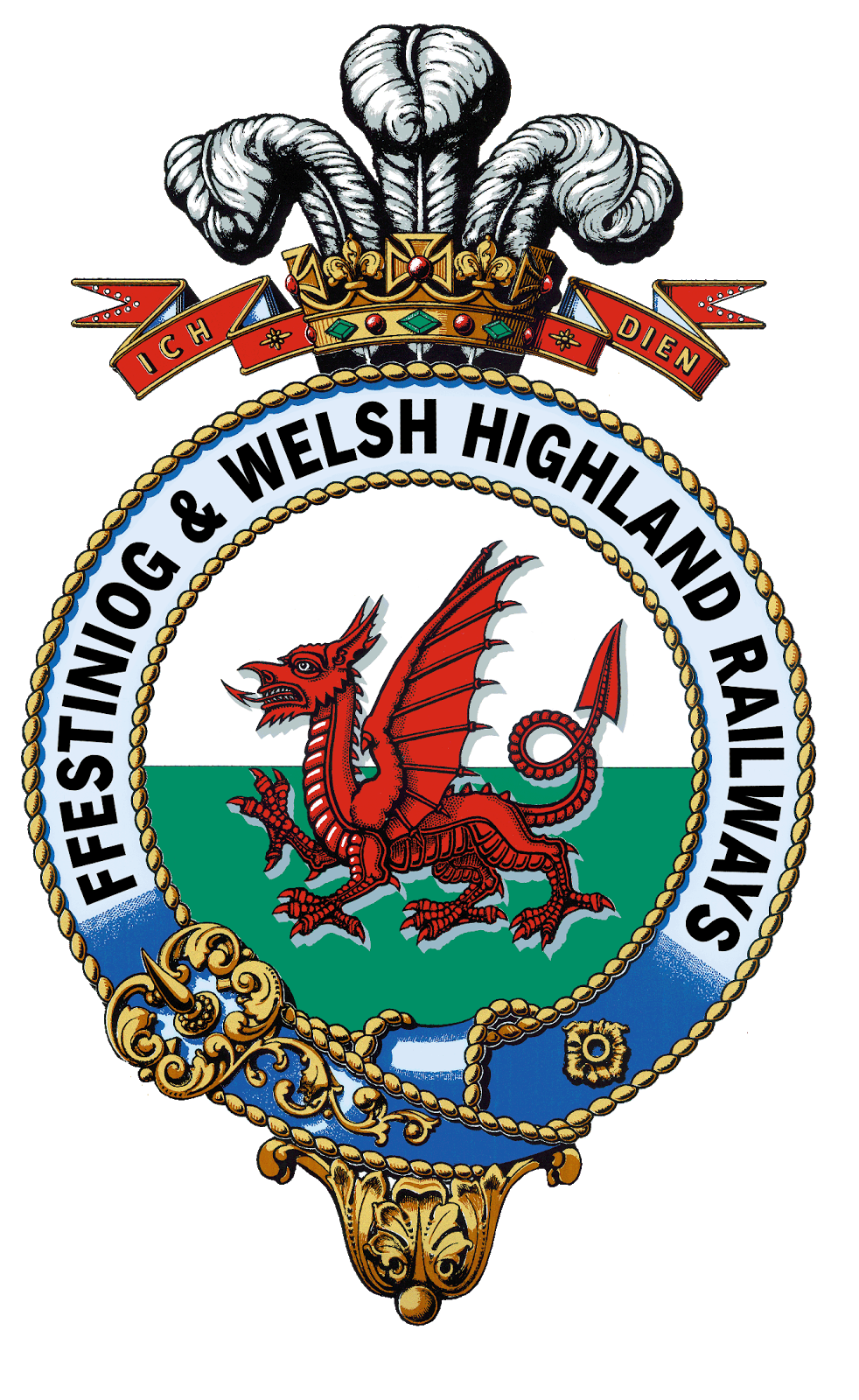I've embarked on another little fill-in project while I wait for Boston Lodge to turn out its latest carriages.
I'm building another model of carriage 105. For people like me who're into FR rolling stock archaeology this is one of the more interesting carriages.
105 was part of the original batch of Centenary stock, or 'Barns' as they are now known, and was the first FR carriage with an on-board toilet - an Elsan chemical bog which must have given the coach a special atmosphere during the long hot summers of the 1970's!
This somewhat unsophisticated contraption was removed during the 1980's and the compartment replaced with an additional bay of seating although it leaves a legacy to this day. There is a extra window pillar at the Portmadog end of the coach, on the seaward side, where the compartment was located.
At the end of the 1990's the original 'Barn' bodies were getting very tired and sister vehicle 106 had its bodyshell scrapped and a brand new one - ever so slightly wider and taller - put onto the steel frame.
105, however, soldiered on for another five years or so until it came in for a rebuild. This time, though, the changes were mostly internal. The First Class compartment in the centre of the carriage was ripped out and for the second time in its life 105 gained a toilet compartment.
This makeover has left 105 with a fascinating blend of old and new 'Barn' features. (If you're an FR carriage geek like me, that is) The latest carrs, 106, 107 and 103, have gone back to 60's style square-edged windows, but 105 has retained its old rubbber-sealed main window units.
However it does now sport some of the latest design features, such as wooden half droplights (in place of the louvred windows) and it has had beading placed beneath every window pillar.
Here in this view taken during the later stages of the conversion you can see the frosted windows for the toilet and if you look carefully at the far end you can see the extra pillar where the '70's bog compartment was.

Here's how it looks from the inside..

I should have explained at the start, by the way, that I'm building another model of 105 because our current one (itself a second attempt at the carriage) is finished in 1980's cherry red livery so it really can't be used on
Bron Hebog - 30 years out of date is stretching things just too far!
So here's a shot of one of the sides (the landward side)75% completed...

I'm also planning on making a model of the 2nd generation 106 to go with it.
































